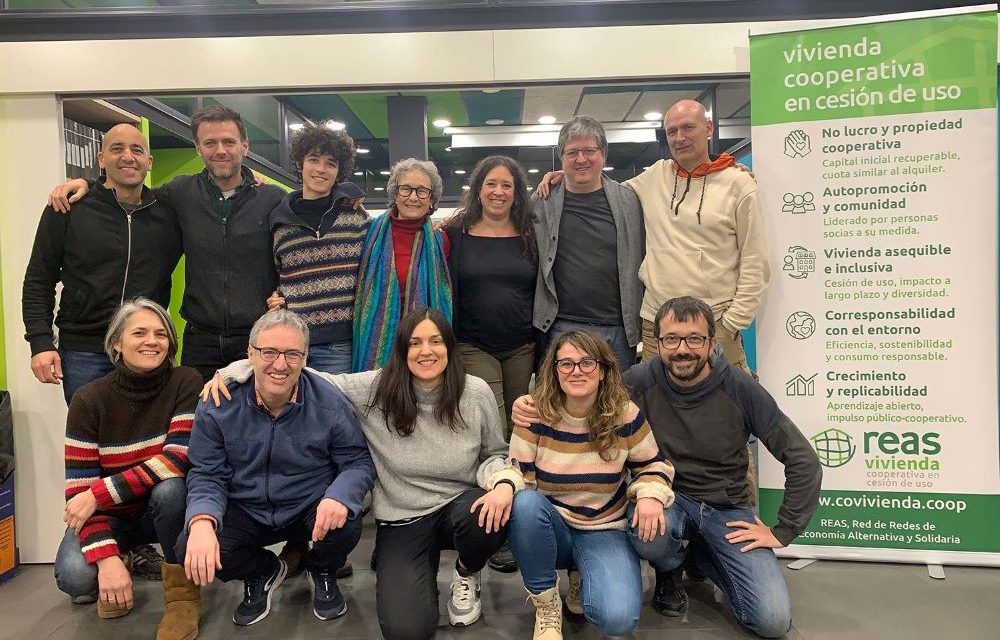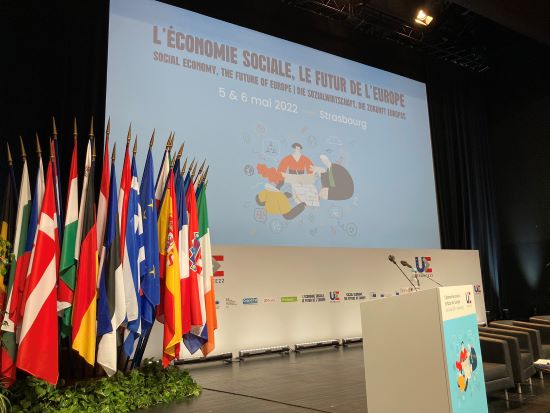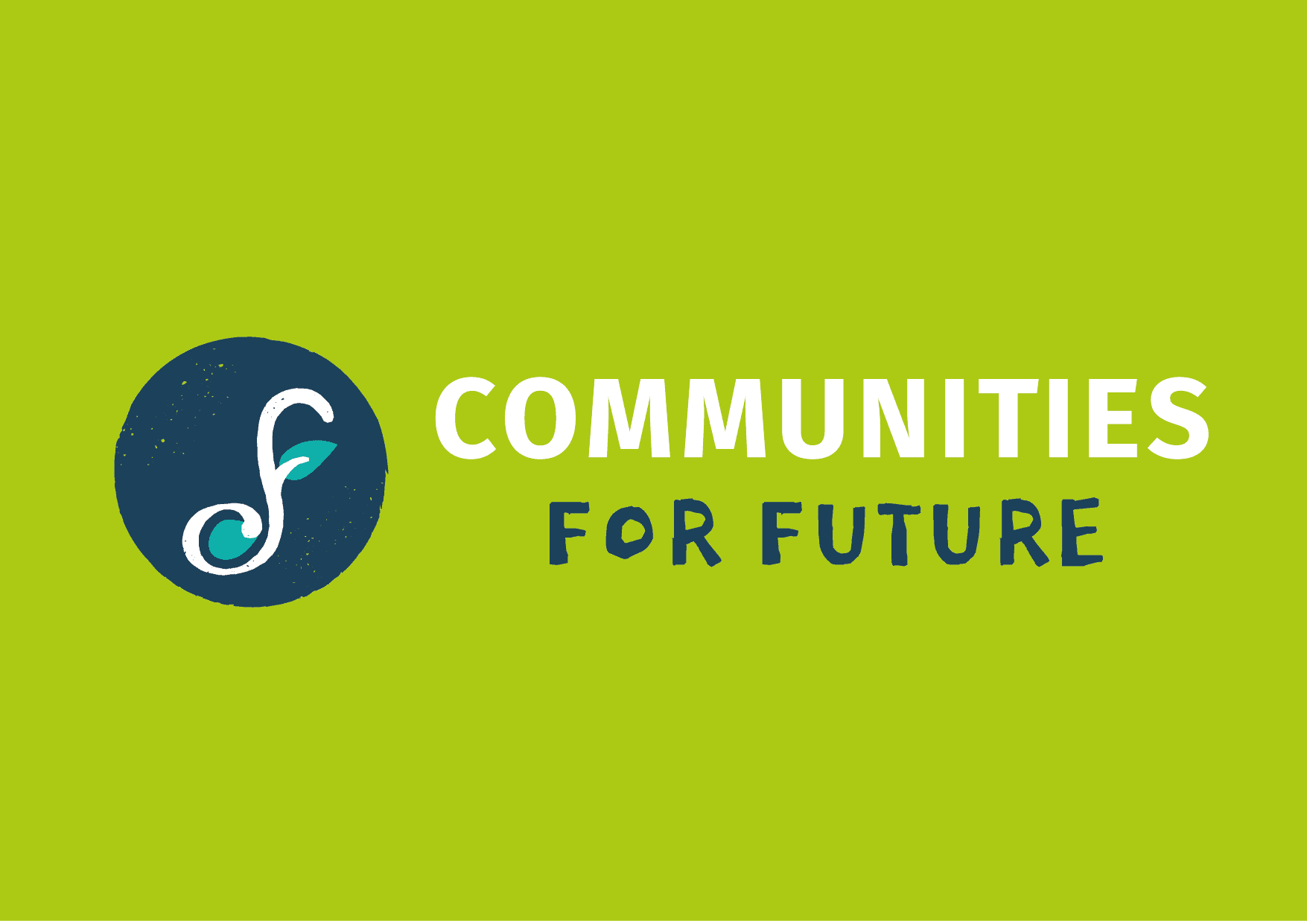By REAS, Zaragoza, Monday, February 6, 2023
The Housing Group of REAS Aragón has been in charge of hosting this weekend in Zaragoza the celebration of the interterritorial and sectoral meeting of the Working Group of cooperative housing in REAS Network of Networks of Alternative and Solidarity Economy. It has had the representation of people, projects and networks from ten Autonomous Communities (Cantabria, Euskadi, Navarra, La Rioja, Aragón, Cataluña, Castilla y León, Illes Balears, Madrid and the Canary Islands), and is in the process of welcoming more territories with the generation and promotion of autonomous working groups in REAS, which can serve as close spaces of articulation, cooperation, learning, advocacy and dissemination.
Among other matters, it has been agreed to host the creation of a specific Working Group for the Senior model. It has agreed on the need to promote collaboration with other entities, strengthen participation in sectoral spaces at the state level and improve connection at European and international level.
On Friday afternoon, a previous day was held also in Zaragoza, which consisted of a meeting with projects from Aragon, both urban and rural, as well as senior or intergenerational, where the current situation was analyzed, observing good practices from other territories and proposing measures to promote the model at the regional and local level.
The REAS Working Group, like other sectors of the network, has a representative, democratic and participatory confederal configuration, to weave network and ecosystem in a collaborative, online and coherent way with the Cooperative principles and the bases of the model: Just as it is the philosophy in each project inward in its generation of community, it is applied outward in the environment and with society, and is also applied in the construction of a social and solidarity network.
This configuration is combined with the work by a defined model, with a specific legal figure, such as the cooperativa en cesión de uso, in the process of normative concretion in the different territories, which provides greater ease of project development, replication and scalability, while welcoming the great diversity of projects, dynamics and territorial situations.
In this way, from the first meeting in Madrid in October 2019, a Basic characteristics of the model for which to work and promote, without control of specific compliance, but with the commitment to walk and make a cultural change and progressive application towards these keys. Understanding that it is the one that provides greater social accessibility to the model in different sectors and economic levels, facilitating public-cooperative collaboration, as well as better viability and future sustainability of the projects.
The bases of the model include the absence of profit and cooperative ownership indefinite in time, with collective financing and retention of property for the collective and social good, regardless of market price dynamics. This key represents a significant economic downgrade in the short term and a high impact on the housing sector in the long term.
It is part of the cooperative spirit of self-promotion, with the social entrepreneurship of a driving group that shares a common idea and the mission of community creation, with training, collective empowerment and mutual support. A participatory design of the building and facilities is carried out to have important common spaces for the meeting, maintaining intimate or private spaces for each unit, and care and attention to dependency and vulnerability have a special importance.
This housing option, often associated with denominations such as cohousing, collaborative housing or collaborative accommodation, is characterized by a limited initial capital contribution, recoverable in case of departure, and a non-recoverable use fee, assimilated to rent. In this way, accessibility and inclusiveness are encouraged, and it implies co-responsibility, linkage and contribution to the environment in which each initiative is located.
The development of our own project, in addition to the design tailored to the needs of the group, seeks awareness for maximum energy efficiency, responsible consumption, care for materials and respect for the environment. In addition, the projects assume a commitment to the collaborative growth of the sector and the replicability for its expansion for the benefit of society as a whole.
NEW HOUSING COOPERATIVES
This new configuration of housing cooperatives with the cession of use, is aligned with cooperative principles and international references. Outside the state context, the traditional figure limited to real estate promotion and financing for its subsequent horizontal division and sale to the free market is not contemplated. It is considered a third way of tenure, a formula with the best of ownership and rent: the assignment or right of use, which seeks stability without financial burdens, with a collective ownership of the property that remains after construction or rehabilitation.
This formula is based on the consideration of housing as community and social housing facilities, since far from being “a home for a few”, they represent a cooperative system open to the entry and circulation of people and coexistence units. They seek greater accessibility, flexibility and mobility with vital changes. At the same time, they allow stable and transgenerational life projects.
These initiatives are developed on a senior basis, very focused on the care and special attention of the older and more dependent stages, or with an intergenerational configuration, which meets the different needs of people throughout their lives. Even important variants are developed for specific groups, such as young people, families with support for upbringing, education and conciliation, people with functional diversity, women’s groups, LGTBI groups or other options. It is important to note that diversity is also about integrating transversally in each project, reducing segregation or creating bubbles.
In the economic case it is especially important, in contrast to other models and options, since it can accommodate the diversity of income and economic capacity through internal loans, solidarity funds, and improving accessibility directly for the most vulnerable economies with public aid, both to specific units that need it and to projects in an integral way for their internal redistribution.
In these proposals there is no private property, real right, or economic benefit, but the right to use a space, and access to efficient collectivized services and savings provided by the cooperative system. In addition to having common and intimate or private spaces, care and mutual help are especially important, which recover the community spirit that characterizes an interdependent species and life in common in the face of the growing individualization and isolation that is generating growing and multiple social problems.
This model has a wide international development, which arises in the seventies, with the idea of community life in Denmark, and later evolved into a cooperative model of cession of use called Andel. It was in the U.S. where he coined the name of cohousing, observing multiple variants to this day. It becomes an effective solution for access to housing thanks to the 1,300 Coopératives d’habitation accommodating 60,000 people in Québec, Coopératives de construction et d’habitation with 8% of properties in Switzerland, or 30,000 cooperatives which represent 2.58% of housing in Uruguay. Or even the 160,000 homes of Public Utility Cooperatives with the IIBW and in Austria.














